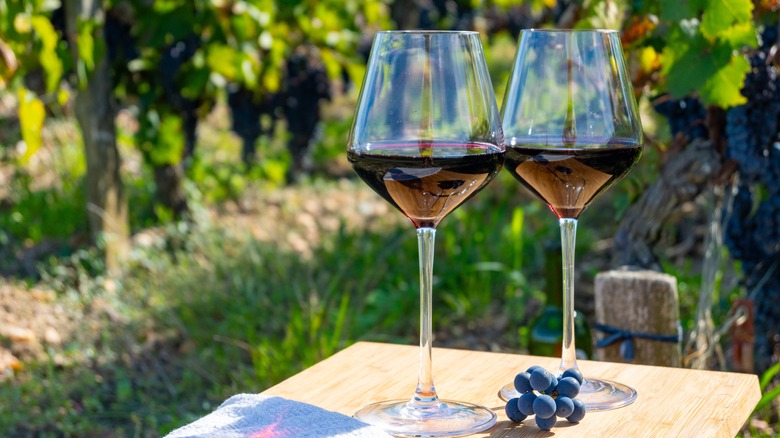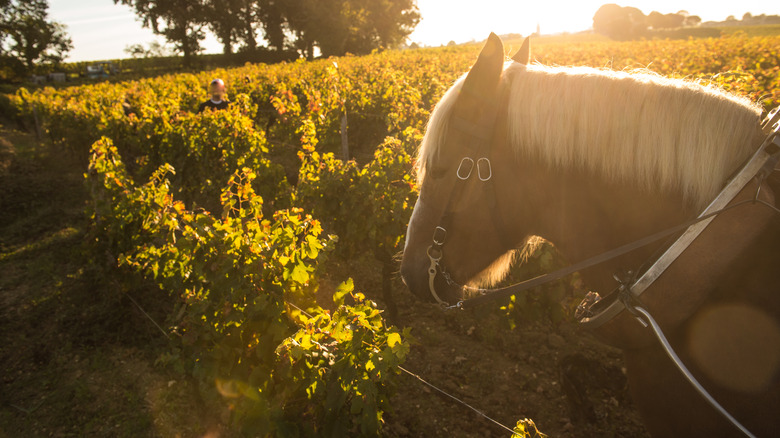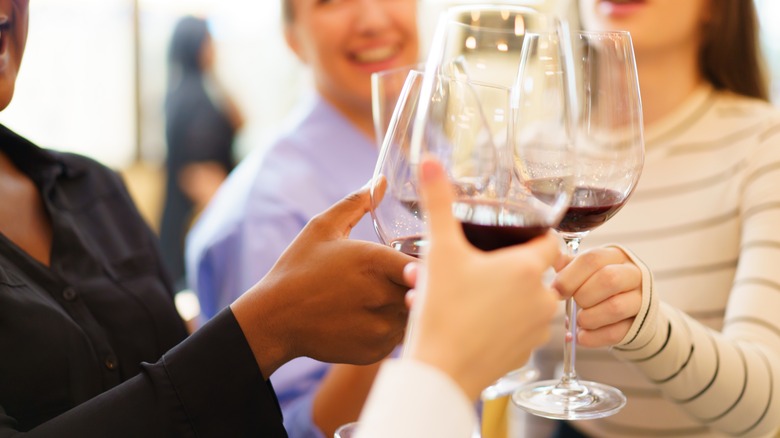If you’re looking for a beautiful French destination that’s also a great spot for a wine vacation, Bordeaux needs no introduction. The wines from this region are among the most prized in the world and if you venture a few miles west, you will find Château Le Puy, one of the most under-the-radar gems to come out of these venerable lands.
Located on the gentle “Coteau des Merveilles” (the hillside of wonders), sharing the same plateau with emblematic Pomerol and Saint-Émilion wines, Château Le Puy has been managed by 14 generations of the Amoreau family since 1610. The word “puy” refers to an elevated spot, as in this case where the vineyards sit at an altitude of 350 feet, the second-highest in the whole Gironde department.
The family’s maverick attitude has bucked economic pressures and resisted contemporary trends to introduce synthetic elements. Whether or not breaking away from the herd has paid off is for the wine-taster to decide. They must be doing something right, however, because in 2009 after tasting wines from all over the world, the Japanese TV program “Les Gouttes de Dieu” (The Drops of God) named Château Le Puy Émilien 2003 the “best wine in the world”.
On ancient sites and bold choices
Among the main factors that define a wine are the characteristics of the soil and the vine. The veneration of the “distinctive flavor of a geographical location” referring to the “influence of the environment on the wine”, as defined by UNESCO, is one of the French wine traditions that surprise travelers. This historic winery is a prime example, with its commitment to biodynamic viticulture and organic farming practices. The vineyard is planted mainly with Merlot (87%), followed by Cabernet Sauvignon, Carménère, and Sémillon, and vinification is achieved in wood casks without the use of chemicals and without chaptalization (the practice of adding sugar to increase alcohol content).
Biodynamic winegrowing is a very hands-on, labor intensive choice, which sacrifices yields for conviction. All biodynamic farming is organic, but adds a further layer of complexity by committing to the natural cycles of the lunar calendar. Only about half of the property, around 133 acres, is allotted to the vines in order to preserve a natural symbiosis of forests, orchards, and pastures for the horses that in turn provide traction for working the land. The estate believes that every detail, from the microorganisms in the soil to the insects making their home in the vineyard, plays into the balance that you can taste in the glass.
Taking the road less traveled even prompted the estate to leave behind the relative safety of the framework of the Francs Côtes de Bordeaux appellation. Appellation refers to a legal and protected mention on the label that vouches for where grapes are grown, but also carries restrictions for the winery. Opting out of this system allowed Château Le Puy to carve their own way, such as testing new grape varieties better adapted to the changing climate.




